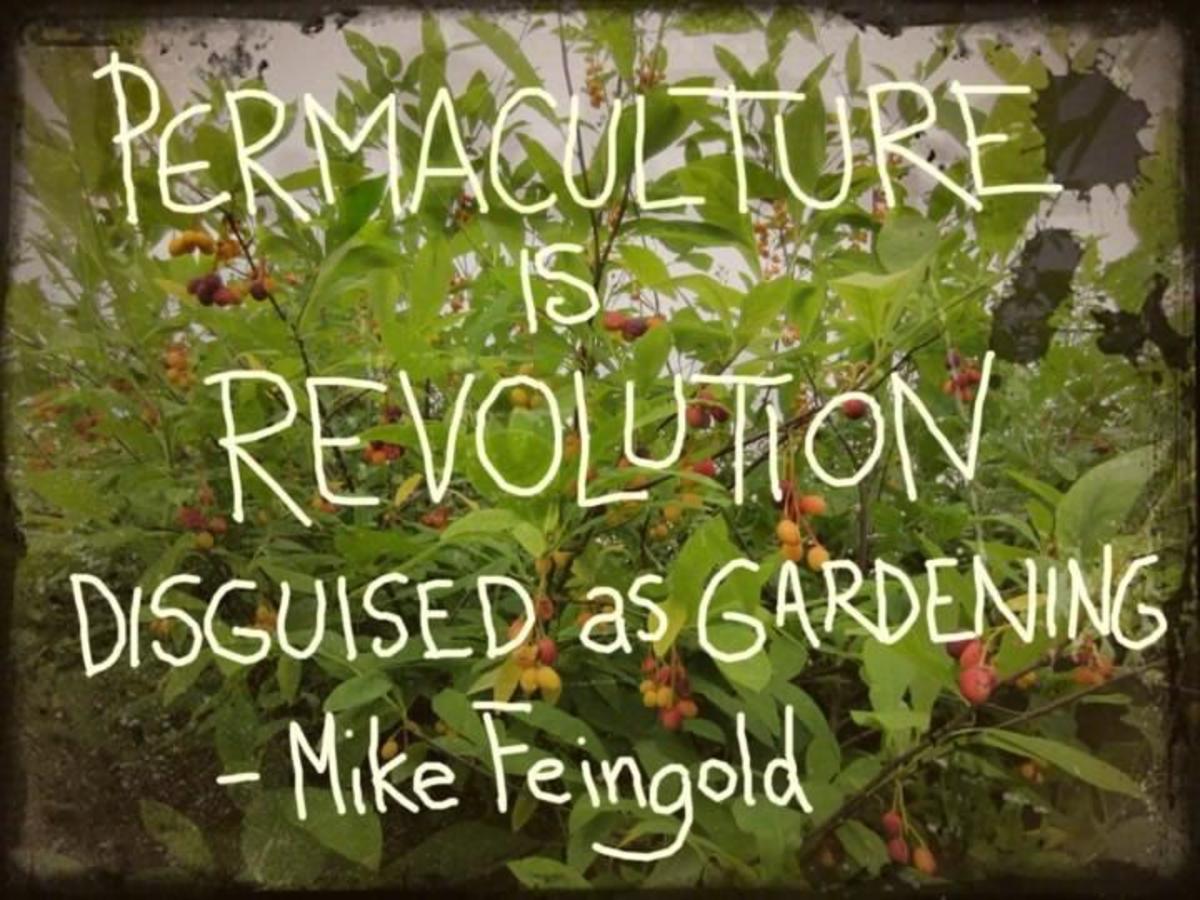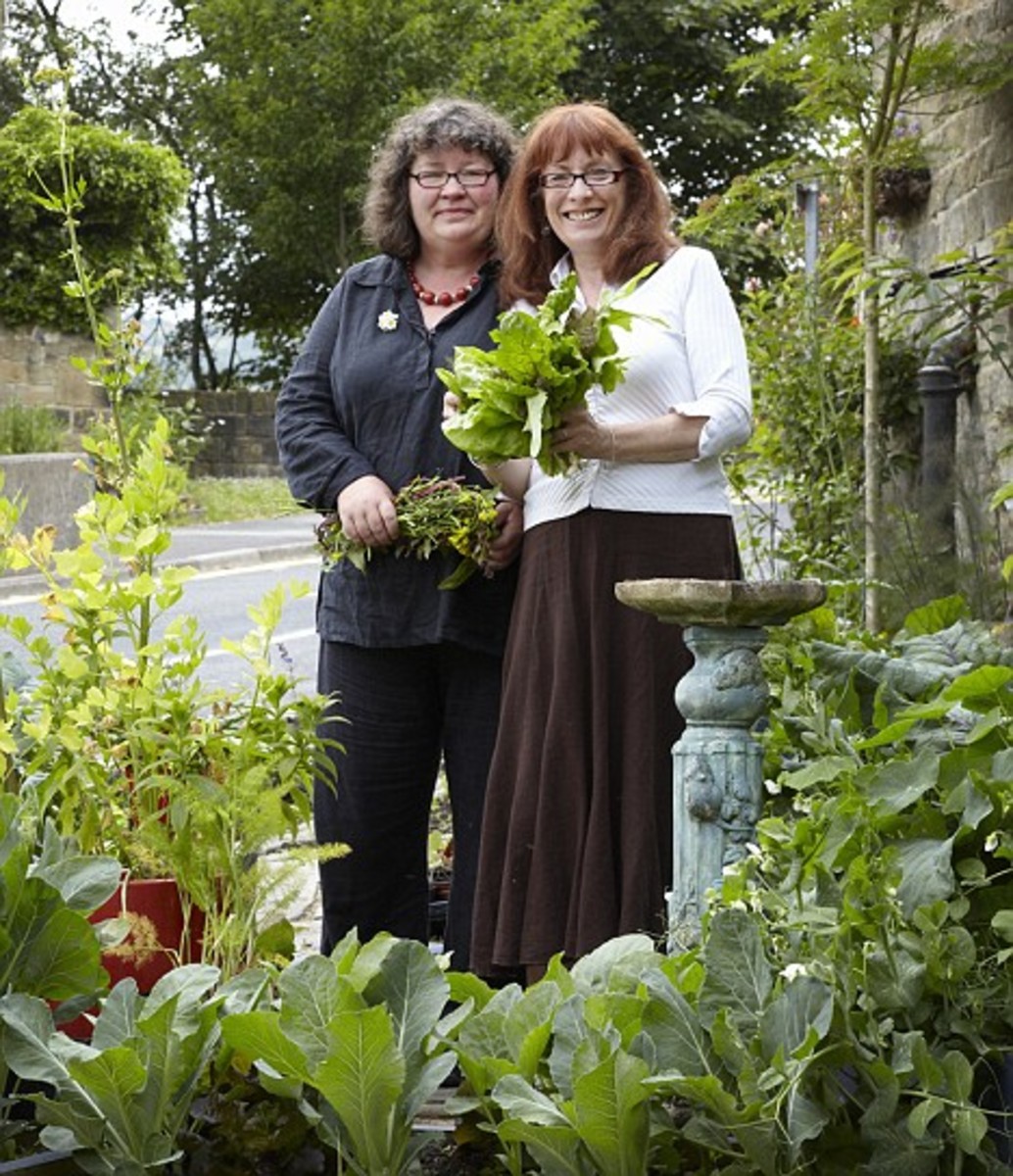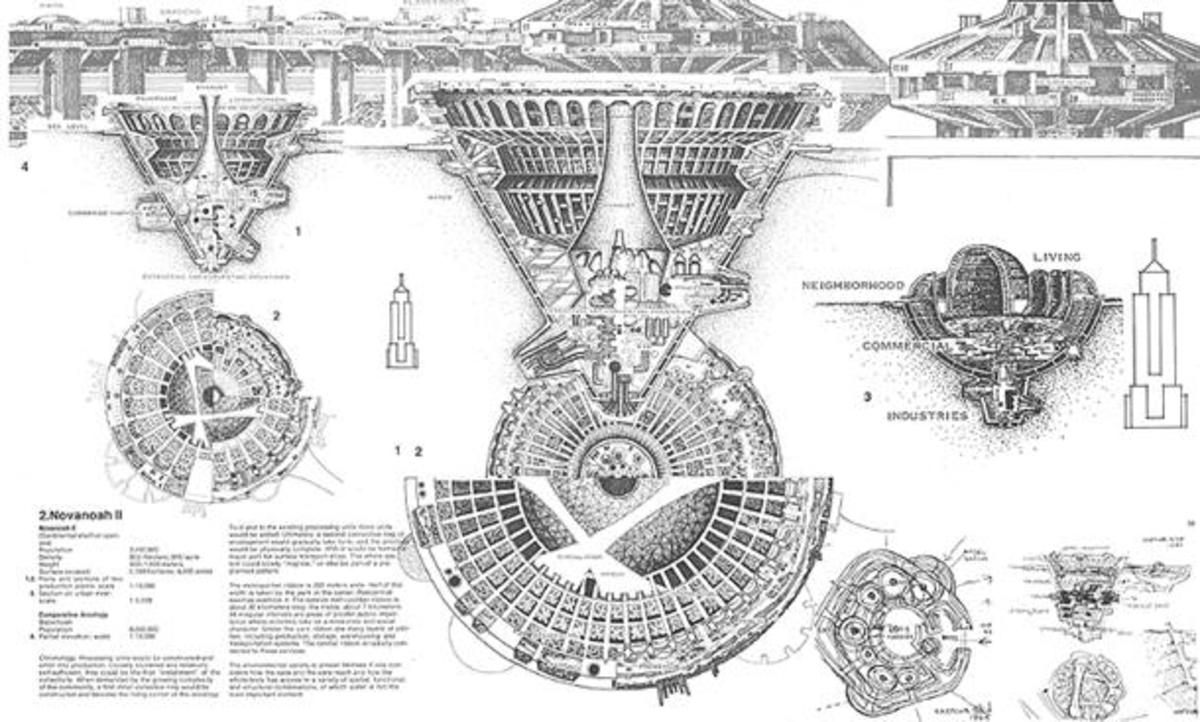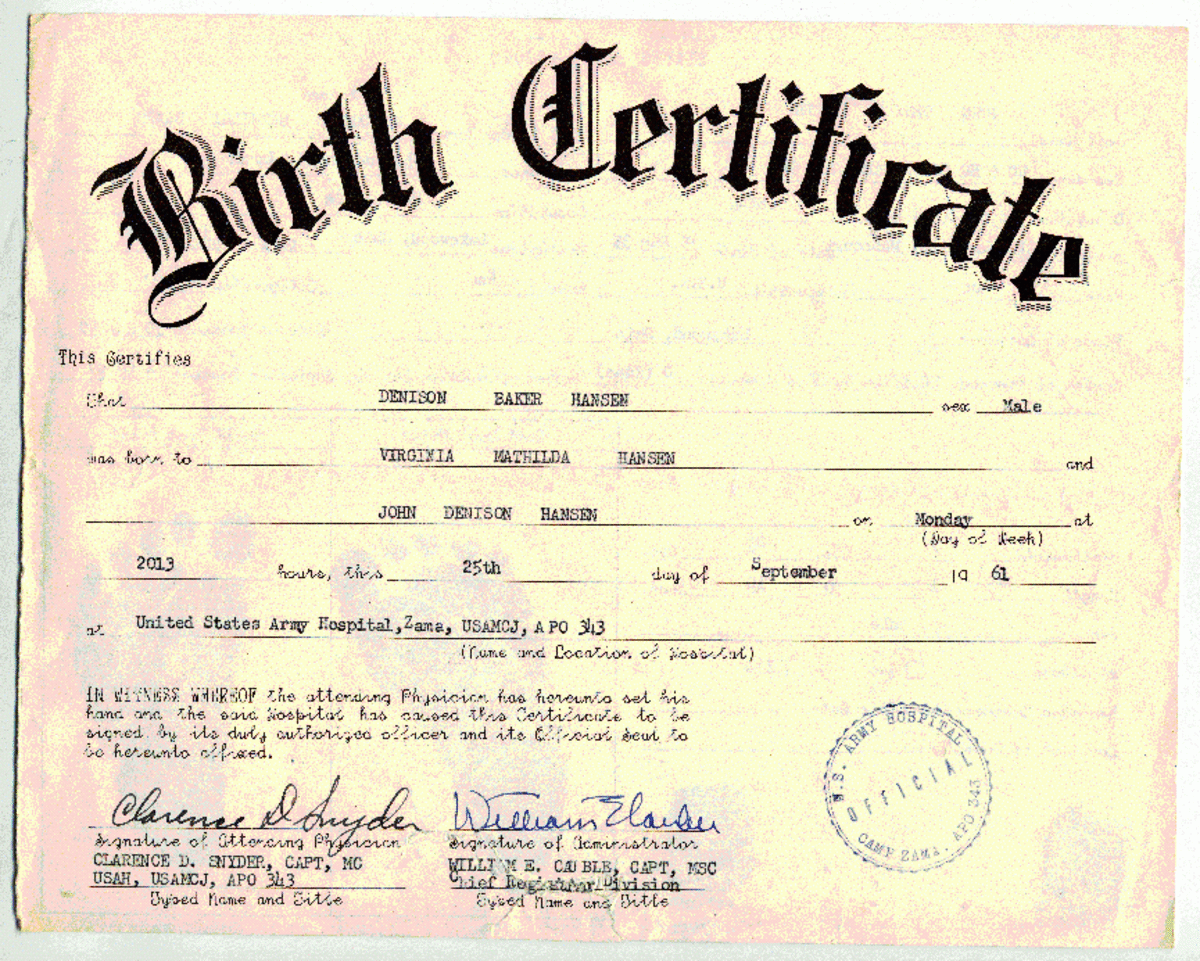Permaculture Beginnings
A Place To Begin
Permaculture has been spreading across the world for about fifty years now and still spreading. When I tell people I have studied permaculture, both a 72 hour introduction course and a 72 hour design certificate course, they look at me with a puzzled expression so the next step is for me to define permaculture for them.
By the way I took my courses through Permaculture Visions and recommend it for anyone who, for whatever, reason cannot travel to a course and spend up to 2 weeks away from your home base.
I define permaculture as a nature inspired holistic design method that can be used to grow food, create businesses and build community. In fact, it has the ability to do all three at the same time which I find most impressive.
It is important for anyone interested in studying permaculture to understand that you do not have to be growing all or even any of yoru own food to be applying permaculture principals to your daily life.
How do you do that: apply permaculture design to daily living?
First, you need to understand the permaculture ethics, as it is through your efforts to carry out or conduct your day-to-day activities so that these activities embrace the permaculture ethics that you take the first step along the permaculture path.
The Three Permaculture Ethics as many articulate them:
1- care for the earth
2- care for people
3- Sharing the surplus.
Okay, let us take a step back and look at how permaculture came into being. The word permaculture was a co-creation of Bill Mollison and David Holmgren. Both Holmgren and Mollison were concerned about the effects that the agriculture system was having on the environment and sought a way to improve society’s ability to feed itself.
Permaculture is formed from the words permanent and agriculture. As the practice of permaculture developed it also came to mean permanent culture, however, either way it is still very much related to putting food on the table.
Now let us look at the situation where a person does not have a piece of property around their home where they can grow food, an apartment dweller, for example. How do they put permaculture design into practice?
The first step is to examine your energy usages; do you turn off the DVD player and TV at night, if they are plugged into a power bar, you can unplug that and eliminate the phantom power usages these devices sue just to be instant on. You can replace light bulbs with compact fluorescents and be sure to turn off lights when leaving a room.
If you have a window that gets six hours of sunlight, grow some culinary herbs to flavour yourr meals.
If there is a community garden in your neighbourhood, join it, check at the local municipal building or perhaps the public library they may be able to help you locate one.
If you have the energy and time start a community garden.
Is there a farmer’s market near you? Yes, then, shop there. Buy as much of your food as you can from locally owned businesses and give some thought about forming a local food buying club.
If you want to share the surplus one way you can do so is when you take advantage of food sales, set aside a percentage of your food purchase and donate that food to a local food program.
If you can you may want to volunteer your time at a local food program or other charity of your choice.
Recycling is another activity that you can do; it is best to think of the four Rs when shopping or better when making a shopping list, First step is to avoid any unnecessary packaging.
The Four Rs are Reduce, Reuse, Recycle and Rethink. The goal is to keep items out of the landfill and the best way to do that is to not buy them in the first place, then you will not have to be concerned about packaging or what to do when the item is no longer useful.
Composting is another way to reduce garbage and create an useful end product, compost which, you can use in your garden or give to friends who have gardens. A worm composter enables you to compost yoru kitchen scraps indoors all year round and is ideal for apartment dwellers.
If you do have a house with a lawn, then, consider transforming that lawn into a food forest or at least add an organic garden. Keep you lawn area to a minimum and be sure you care for it organically.
Pay attention, observe and interact with your environment. Be informed, be active and be aware.
a great course
- Permaculture, Free Info in Sustainability by Permaculture Visions International
Free Permaculture info, Design courses, Distance Learning, Natural systems Design







